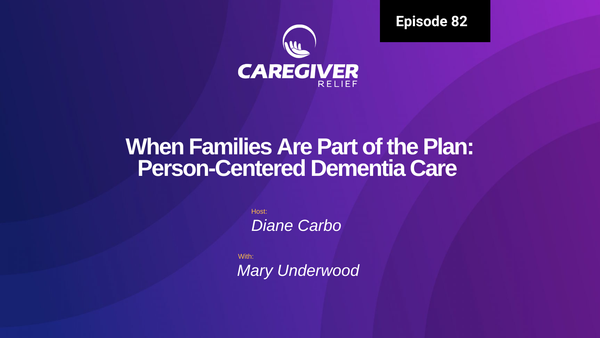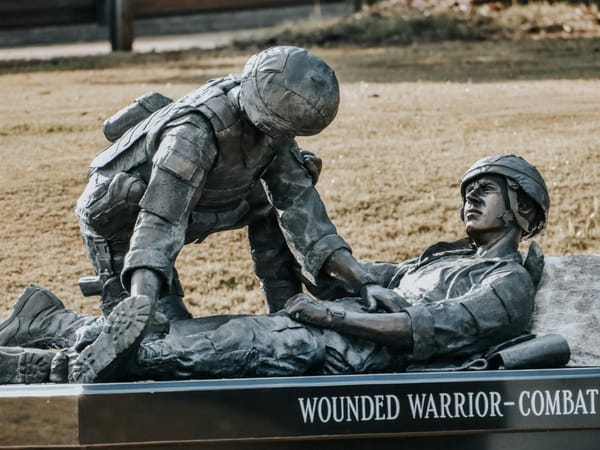What Causes Pain at End of Life?

End of Life Pain: An Overview
At the end of life, pain is a common and often debilitating symptom that can affect both quality of life and dignity. Understanding what causes end of life pain and how to manage it is essential in providing comfort and meaningful care for those facing this difficult stage of life. In this guide, we will explore causes of end of life pain, treatment options, pain management strategies, coping with emotional pain, and finding support.
Pain can be caused by a range of medical conditions, such as cancer, organ failure, and infections. Treatments for end of life pain include medications, physical therapies, and mental health therapies. Additionally, there are many strategies that can help manage end of life pain, including complementary therapies, relaxation techniques, and lifestyle changes. It is also important to recognize the emotional pain that can accompany end of life issues and seek appropriate support.
We hope that this guide will provide helpful information and resources to those seeking to better understand and manage end of life pain. By understanding the causes, treatments, and resources available, it is possible to maximize quality of life and provide meaningful care during this challenging time.
Causes of End of Life Pain
End of life pain can be caused by a variety of medical conditions. These may include cancer, organ failure, neurological conditions, and more. Pain can also be caused by medications, treatments, or even psychological distress. It is important to note that pain at the end of life is not normal and can be managed with medication and other treatments.
Pain from cancer can range from mild to severe. It can be caused by the tumor itself, as it may press on nerves or other soft tissues. Additionally, treatments for cancer such as chemotherapy or radiation can cause pain in some cases. Cancer patients may also experience bone pain from metastases, or pain in organs from metastatic tumors.
Organ failure can cause pain when organs are unable to function properly. For example, kidney failure can lead to abdominal pain, while lung failure may cause chest pain. In addition, neurological conditions such as stroke, Alzheimer’s disease, and Parkinson’s disease can lead to pain in different parts of the body due to nerve damage.
Medications used to treat other medical conditions can also cause pain at the end of life. Some medicines, such as opioids, can cause severe constipation which can be painful. Other medications may cause confusion or other neurological symptoms, such as delirium, which can lead to pain.
Finally, psychological distress can be a major source of pain at the end of life. Anxiety, depression, fear, and loneliness can cause physical pain and discomfort. It is important to recognize and address these issues in order to manage pain at the end of life.
Treatment Options for End of Life Pain
End of life pain can be managed with a variety of treatments depending on the underlying cause and the individual's needs. Pain relief medications, physical therapies, mental health support, and palliative care approaches are some of the available treatments that can be used to help manage end of life pain.
Medications are often the first line treatment for end of life pain. Non-steroidal anti-inflammatory drugs (NSAIDs) such as aspirin, ibuprofen, and naproxen are typically used to manage mild to moderate pain. Opioids, which are strong pain-relieving medications, may also be prescribed for more severe pain. It's important to understand that these medications can have side effects and should be used only when absolutely necessary.
Physical therapies can also be used to reduce pain and improve overall quality of life. Occupational and physical therapy can help with mobility issues, while aquatic therapy is beneficial for those who can't tolerate land-based exercises. Massage therapy, acupuncture, and other natural treatments can also provide significant relief.
In addition to physical therapies, mental health support can also be helpful for managing pain. Talking to a psychiatrist or psychologist can help reduce stress and anxiety associated with end of life issues. Psychotherapy and cognitive behavioral therapy (CBT) are also useful approaches for managing emotional pain.
Finally, palliative care approaches such as hospice care can provide comprehensive support for end of life issues. They offer physical, emotional, and spiritual support to individuals and families coping with terminal illness and the end of life.
Pain Management Strategies
Pain management is an important part of end of life care, and it is important to be aware of the many strategies available to those dealing with pain as they approach the end of their life. While medications are often prescribed to manage pain, there are other treatments and therapies that can help.
Medications
In some cases, medications such as opioids (narcotics) or nonsteroidal anti-inflammatory drugs (NSAIDs) may be prescribed to help reduce pain. Medication doses should be adjusted to ensure pain is adequately managed, however caution is needed as these drugs can cause significant side effects.
Physical Therapies
Physical therapies such as massage, stretching, and heat/cold packs can also be used to relieve the physical symptoms associated with pain. Additionally, physical activity such as walking and swimming can also help to reduce pain and improve quality of life.
Mental Health Therapies
Mental health therapies such as cognitive behavioral therapy (CBT) and mindfulness practice can also provide relief from pain. These techniques help to reframe how one perceives their pain, helping to reduce its intensity and make it more manageable.
Complementary Therapies
Complementary therapies such as acupuncture, yoga, and meditation can offer additional pain relief. These therapies can help to reduce stress, improve mood, and increase relaxation, which can all contribute to better pain management.
Coping with Emotional Pain
End of life can be a difficult and emotionally exhausting time for those affected. Coping with the emotional pain that arises can pose an extra challenge. It is important to be mindful of one’s feelings during this time and to seek out services and strategies that can help cope with them.
It is natural to experience a range of emotions such as grief, anger, guilt, fear, sadness, anxiety, and loneliness. It is important to find ways to express these feelings in healthy ways through activities like journaling, writing, talking to friends and family, listening to music, and engaging in creative activities. It may also be helpful to seek out professional counseling if needed.
It is essential to reach out to a support system during this difficult time. Talking to close family and friends can provide a sense of comfort, understanding, and strength. In addition to loved ones, there are many community support groups available such as online forums, grief counseling, and faith-based programs.
Self-care is also important. Taking time for introspection, relaxation, and engaging in activities that bring joy is essential. This could include activities like spending time outdoors, reading, doing yoga or meditation, or taking some time for yourself.
Finally, it is important to remember that each individual will grieve differently. Everyone experiences end of life pain differently, and there is no one right way to cope. All feelings and strategies should be respected and supported.
Finding Support
At the end of life, it can be difficult to come to terms with what is happening and difficult to find the help and support that is needed. Fortunately, there are many resources and organizations available for people who are going through the end of life transition and are in need of assistance.
Support groups can be a great way to share experiences and talk about issues related to end of life pain. These groups provide a safe and understanding environment for people to discuss their feelings and concerns. Many hospitals, hospices, and other health facilities offer support groups that are designed specifically for those facing end of life transitions.
In addition to support groups, it can be helpful to speak with a qualified counselor who specializes in end of life issues. Counselors can provide guidance and advice on how to cope with the physical and emotional pain associated with end of life. They can also provide resources and referrals to other organizations that may be able to help.
It is also important to find people who can just listen. Having someone who understands and validates your experience can be invaluable during the end of life process. Family and friends can be a great source of emotional support, but it is also important to feel connected with people who understand the specific challenges of end of life issues.
Online resources can be a great way to connect with people who are going through similar experiences. There are many online forums and message boards dedicated to end of life issues where people can share their stories and receive support from others. It is important to remember to be cautious when using online resources and to make sure that any advice received is from qualified and trusted sources.
No matter what type of support you choose, it is important to find the right type of support for you. Whether it is attending a support group, speaking to a counselor, or connecting with people online, having a support system in place can make the end of life transition a little easier.
At the end of life, pain can have a profound physical and emotional impact. In this guide, we looked at the causes of end of life pain, available treatment options, pain management strategies, coping with emotional pain, and finding support.
It is essential to seek help when dealing with end of life pain. There are many organizations and resources that can offer assistance. These include counseling services, hospice care, and support groups. It is important to remember that you are not alone during this difficult time.
No matter what your situation, there are ways to cope with pain and manage it effectively. Taking the time to explore the various treatment options, pain management strategies, and emotional supports available can make a positive difference.
We hope this guide has served as a helpful resource for understanding the causes of end of life pain and learning about the treatments and supports that can help to make this difficult transition more comfortable and bearable.





